- Your cart is empty
- Continue Shopping

Product
Description: Pangraf, containing the active ingredient Tacrolimus, stands as a critical component in the post-transplant management of organ transplant recipients. These capsules, each containing 0.5 mg of Tacrolimus, are meticulously formulated to exert potent immunosuppressive effects, preventing rejection of transplanted organs by suppressing the recipient’s immune response. Pangraf plays a pivotal role in maintaining graft function and prolonging the survival of transplanted organs, offering hope for improved outcomes and enhanced quality of life for transplant recipients.
Indications: Pangraf is indicated for the prophylaxis of organ rejection in patients receiving allogeneic liver, kidney, or heart transplants. It is used in combination with other immunosuppressive medications as part of a comprehensive post-transplant regimen aimed at preventing rejection and preserving graft function.
Mechanism of Action: Tacrolimus, the active ingredient in Pangraf capsules, is a potent calcineurin inhibitor that selectively suppresses the activation of T-lymphocytes, a key component of the immune response involved in graft rejection. By inhibiting T-cell activation and interleukin-2 production, Tacrolimus effectively dampens the recipient’s immune response, thereby preventing rejection of the transplanted organ.
Benefits:
- Prevention of Rejection: Pangraf plays a crucial role in preventing acute and chronic rejection of transplanted organs, ensuring long-term graft survival.
- Graft Function Preservation: By suppressing the recipient’s immune response, Pangraf helps preserve graft function and maintain organ viability over time.
- Reduced Dose Requirements: The potent immunosuppressive activity of Pangraf allows for lower dosing compared to older immunosuppressive agents, minimizing the risk of adverse effects while maintaining efficacy.
How to Use: Pangraf capsules are intended for oral administration and should be taken consistently at the same time each day. The prescribed dosage and duration of treatment are tailored to each patient’s individual needs, based on factors such as the type of transplant, the patient’s medical history, and the presence of concomitant medications. It is essential to follow the healthcare provider’s instructions carefully and to adhere to the prescribed regimen.
Administration: The administration of Pangraf capsules involves swallowing the capsules whole with water, without chewing or crushing them. It is important to take Pangraf consistently and at the same time each day to maintain stable blood levels of Tacrolimus and optimize immunosuppressive efficacy.
Dosage: The recommended initial dosage of Pangraf varies depending on the type of transplant and the patient’s individual factors. For adult kidney transplant recipients, the typical starting dosage is 0.1 to 0.2 mg/kg/day, divided into two doses. The dosage may be adjusted based on therapeutic drug monitoring and the patient’s response to treatment.
Efficacy: Clinical studies have demonstrated the efficacy of Pangraf in preventing acute rejection and preserving graft function in transplant recipients. Its potent immunosuppressive activity, coupled with its favorable tolerability profile, has established it as a first-line therapy for post-transplant immunosuppression, contributing to improved outcomes and long-term graft survival.
Storage: Pangraf capsules should be stored at room temperature, away from moisture, heat, and direct sunlight. It is important to keep the capsules in their original packaging and to ensure that the container is tightly closed when not in use. Unused capsules should be disposed of properly according to local regulations.
Side Effects: Common side effects of Pangraf may include tremor, headache, hypertension, gastrointestinal disturbances, and renal dysfunction. These side effects are typically dose-dependent and reversible with dose adjustments or supportive measures. Less common but more serious side effects may include nephrotoxicity, neurotoxicity, and increased susceptibility to infections. Patients should be monitored regularly for adverse effects, and any concerning symptoms should be reported to the healthcare provider promptly.
Precautions: Certain precautions should be observed when using Pangraf:
- Pangraf should be used with caution in patients with pre-existing renal dysfunction or neurologic disorders, as dosage adjustments may be necessary.
- Patients should be screened for concurrent infections and malignancies, and appropriate prophylactic measures should be taken to minimize the risk of opportunistic infections.
In summary, Pangraf (Tacrolimus 0.5 mg Capsules 60’s) plays a pivotal role in the post-transplant management of organ transplant recipients, offering potent immunosuppressive activity and graft protection. As a cornerstone of modern transplant immunosuppression regimens, Pangraf continues to empower healthcare providers and transplant recipients in the ongoing pursuit of improved outcomes and enhanced quality of life following organ transplantation.

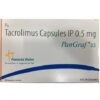

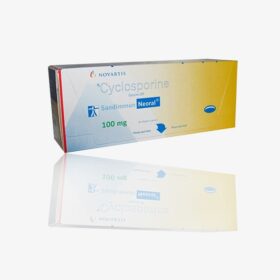
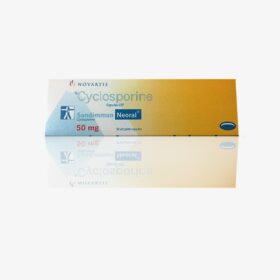
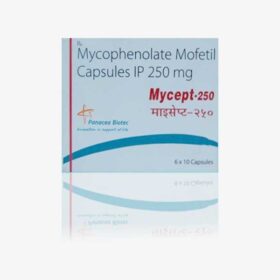
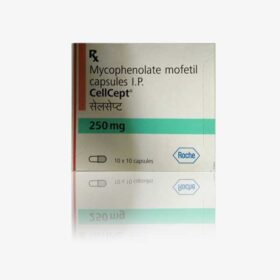
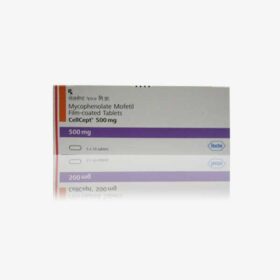
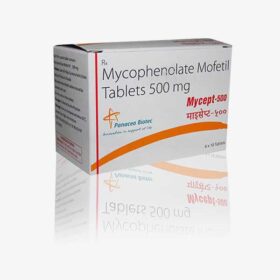
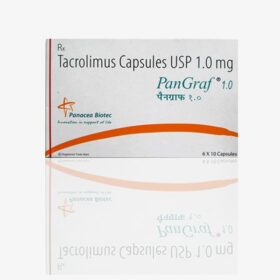



Reviews
There are no reviews yet.